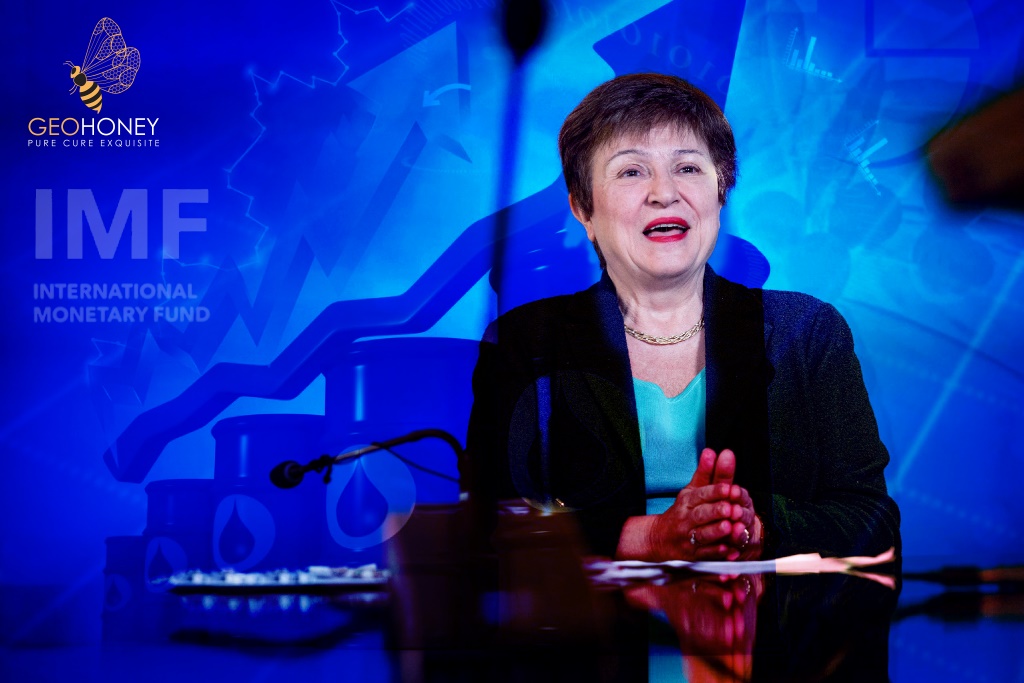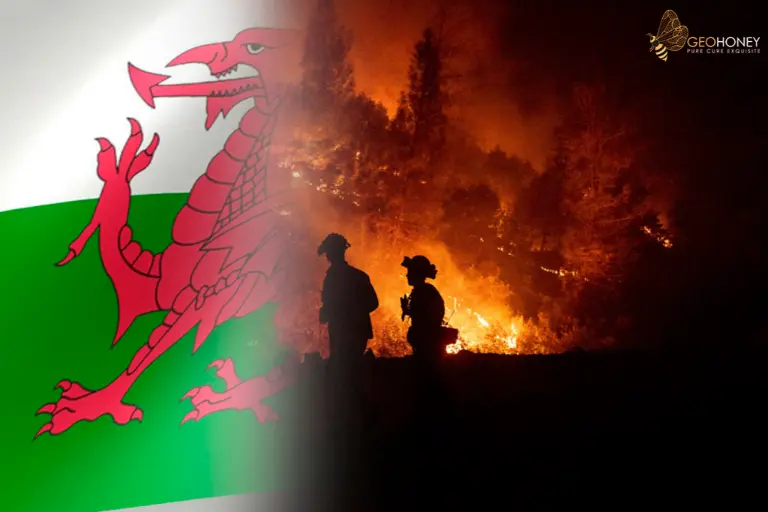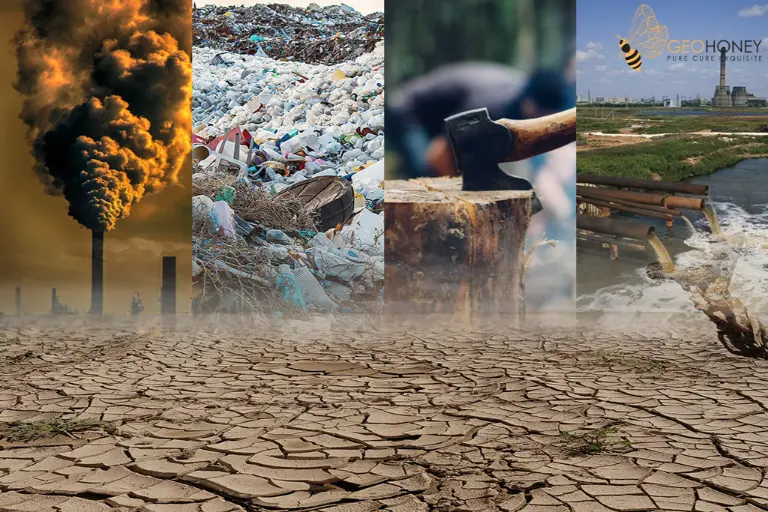- Tokyo: 09:32
- Singapore: 08:32
- Dubai: 04:32
- London: 00:32
- New York: 19:32
It is Now The IMF's Turn to Take The Lead on Climate Change

Emerging markets and developing economies (EMDEs) are under financial pressure. Two-thirds of low-income countries are already in or at risk of debt distress, Russia's war in Ukraine is compounding financial shocks with high food and energy prices, and rising capital costs leave governments with little, if any, fiscal space.
Simultaneously, numerous EMDEs are feeling the burden of a growing climate crisis to which they have made little contribution. Last year's disastrous floods in Pakistan caused more than $30 billion in damages and economic losses, with reconstruction anticipated to cost an additional $16 billion. Tropical cyclones often produce damage and loss in the Caribbean equivalent to about 100% of GDP, and global warming predicts that the severity and frequency of extreme weather will rise. EMDEs, however, are unable to invest in climate resilience as needed because of limited budgetary space and weak access to international markets.
The International Monetary Fund, as a crucial international entity charged with fostering global macroeconomic and financial stability, is facing a now-or-never moment to assist enable an equitable transition to a low-carbon, climate-resilient economy.
Since realising the significant macroeconomic implications of rising global temperatures, the IMF has issued a climate-change policy outlining its ambitions for incorporating the issue into its work, particularly its macroeconomic surveillance and loan programmes. Most notably, the Fund established the Resilience and Sustainability Facility (RSF) in part to promote climate action in EMDEs following its record allocation of $650 billion in special drawing rights (SDRs, the IMF's reserve asset) in 2021.
The newest Intergovernmental Panel on Climate Change (IPCC) report warns of the rapidly increasing hazards of global warming and the short time left to respond. In this context, a recent report from the Task Force on Climate, Development, and the IMF, of which we are members, evaluates how the Fund's climate actions compare to current needs.
We discovered that, while the IMF has made significant progress in incorporating climate considerations into its operations, significant gaps remain in four key areas: modelling climate risks into its debt-sustainability analysis (DSA); tailoring policy advice to national contexts; upgrading its lending toolkit to address macro-critical imbalances and natural disasters caused by climate change; and, working with other institutions, facilitating large-scale investments.
The IMF's preferred policy prescription has been to impose a high enough price on carbon emissions to induce polluters to emit less. It has proposed a globally coordinated and differentiated pricing floor in its working papers to raise policy ambition and support an orderly transition. While creating a carbon price is generally thought to be ideal in theory, implementation and impact present numerous obstacles.
The global implementation of carbon pricing is still patchy and poorly coordinated with national energy policies such as growing fossil-fuel subsidies. Furthermore, numerous countries are developing a variety of mechanisms to implement climate policies that are more in line with their own conditions. To be responsive to national demands, the IMF must abandon one-size-fits-all policies and create an effective technique for assessing the effects of explicit and implicit carbon prices, which can vary significantly within and across nations.
Carbon pricing is also being used to fund climate investments. However, the revenue is unlikely to replace that generated by fossil fuels. This is true for both hydrocarbon producers, such as those in Latin America and the Caribbean, who rely significantly on fossil-fuel exports for public finance, and hydrocarbon importers who impose considerable taxes on fossil-fuel consumption.
In addition to increasing its surveillance activities and economic modelling to reflect the realities of various country conditions, the IMF should advocate long-term initiatives such as a large investment push (although in a fiscally sensible manner). This would necessitate a retooling of the Fund's DSA framework to take a broader picture of a country's financial requirements.
To satisfy the UN's 2030 Agenda for Sustainable Development and their Paris Agreement commitments, EMDEs will need to mobilise significant resources, estimated by some to be as much as $2.4 trillion per year - more than 2% of current world GDP. Furthermore, IMF research has shown that investment in climate-friendly sectors has a greater growth multiplier than investment in carbon-intensive sectors. Investing in climate resilience also helps to decrease current sovereign risk, in addition to averting costly future consequences.
However, the IMF's DSA framework does not adequately account for countries' physical climate risks as well as their fiscal demands for financing a green transition. While the Fund has taken small moves towards incorporating climate shocks into its DSA framework, it is very distant from connecting programme discussions with climate policy. Countries will lack the fiscal headroom required to fund the green transformation unless this changes. After all, climate investments cannot be postponed until a country's financial situation improves.
In terms of its lending tools, the IMF has expanded nations' borrowing limitations modestly. However, the Fund continues to prioritise short-term fiscal stability at the expense of the longer-term resource mobilisation required to protect nations from potential climate shocks.
Similarly, the rules for accessing the RSF are overly stringent. Currently, in order to access RSF money, a country must have an IMF programme in place. This excludes climate-vulnerable economies, which must nevertheless create resilience even if they are not in active trouble. The recent earthquake disaster in Turkey, while not caused by climate change, provides an example. Even with a larger membership, the RSF is still too small to fulfil current demands and must be greatly expanded (together with other loan facilities).
In a short period of time, the IMF has made significant progress on climate change. However, as stated in the IPCC assessment, "there is a rapidly closing window of opportunity to secure a liveable and sustainable future for all." To maximise its impact, the Fund should consider national contexts, modify its macro-financial models, pay closer attention to the significant investment push required for low-carbon transitions, and expand the scale and scope of its lending mechanisms. None of this will be simple, but nothing less will suffice to ensure a financially secure and climate-resilient future.
The global implementation of carbon pricing is still patchy and poorly coordinated with national energy policies such as growing fossil-fuel subsidies.
Source: khaleejtimes.com




very good news, though it is not easy to lead this climate change still doing its best, for a good result.